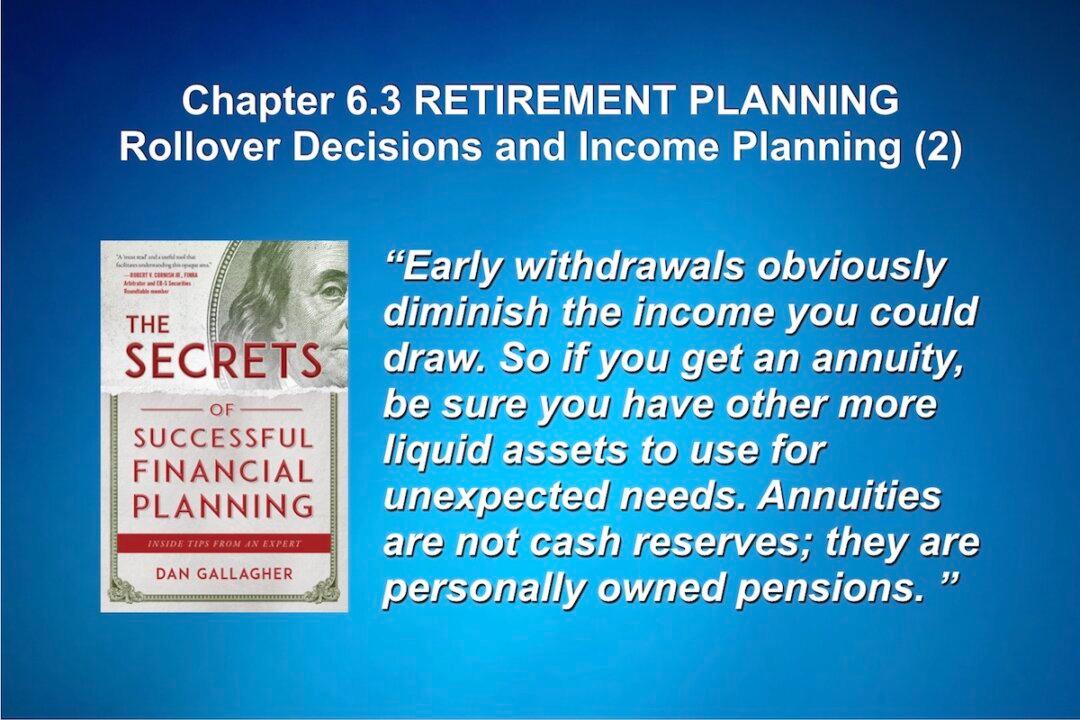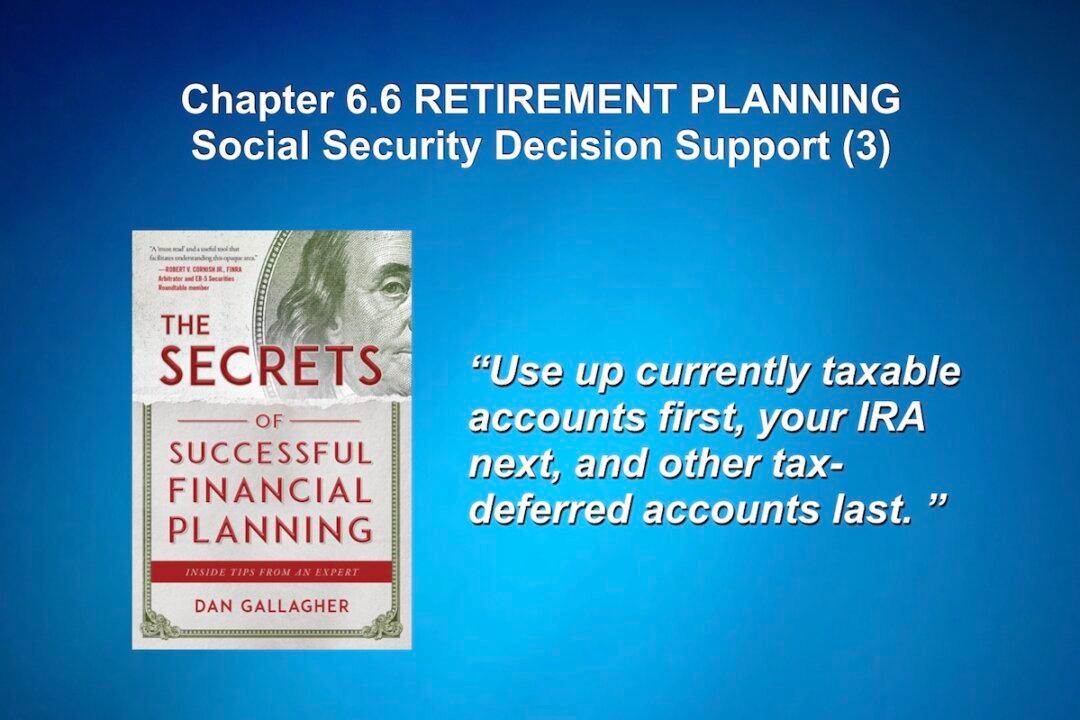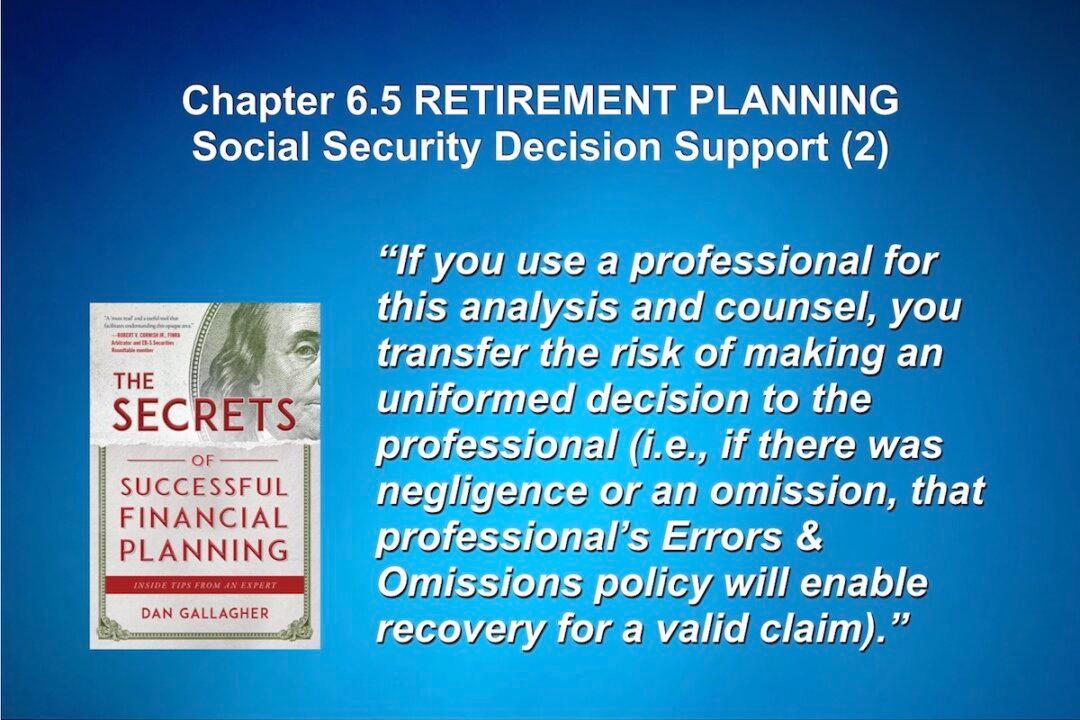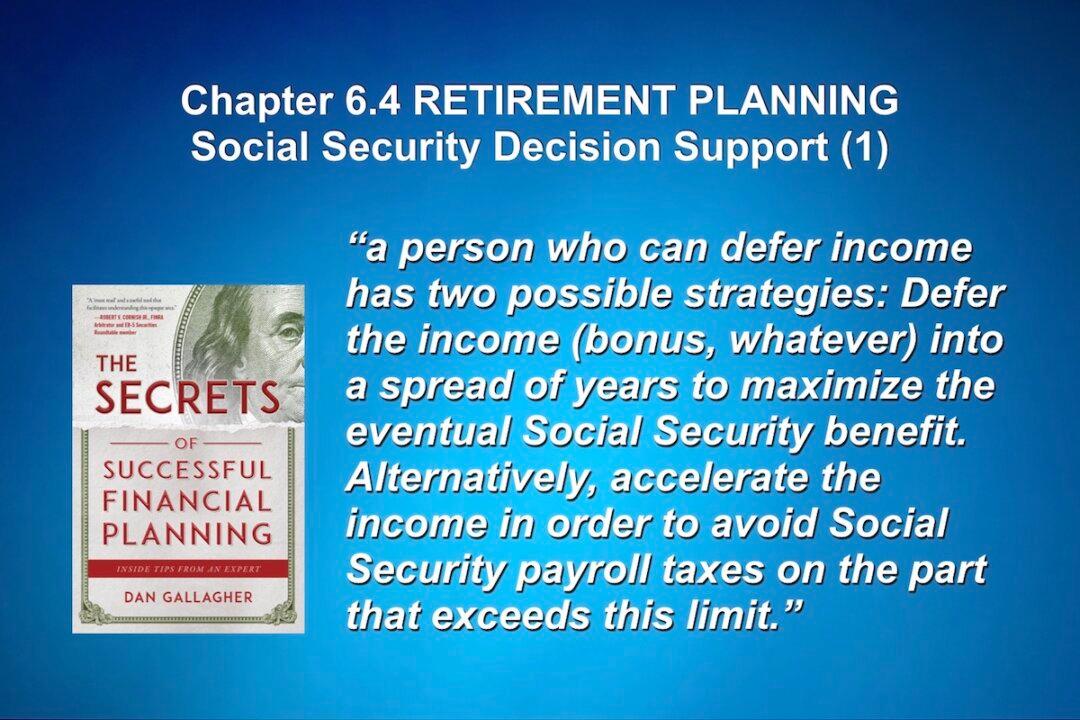Next, let’s look at guaranteed income in more detail.
Immediate Annuities
These contracts exchange principal permanently for income—only income. Because of this “goodbye to principal,” they pay higher payouts than any other annuity (unless you annuitized a variable annuity or an EIA). They are shopped for strictly for payouts and soundness of the carrier. If you cannot defer income to cover necessities, you need to get an immediate annuity or else go back to work. Deferred annuities give you the best eventual income, but immediate ones create income within thirty days to a year after deposit—for life or your chosen payout arrangement. If you must get an immediate annuity, try to do it with nonqualified money (as long as you still keep an adequate cash reserve). That way, you get the best tax treatment: the exclusion ratio helps (earnings in the contract divided by the basis is the percentage of payments that are taxable until you recover your basis). So, well over 99% will be deemed recovery of basis until that basis total has eventually been received. For married couples, the joint-and-survivor payout option causes the same income to keep coming to a surviving spouse that had come to the contract owner(s) and a ten- or twenty-year period certain pays for life but, if briefer than the years guaranteed, it pays the designated beneficiary for the remainder of those years after the annuitant’s death. Life-only causes payments to stop at death, but pays the highest income. Get these quoted if unsure.





